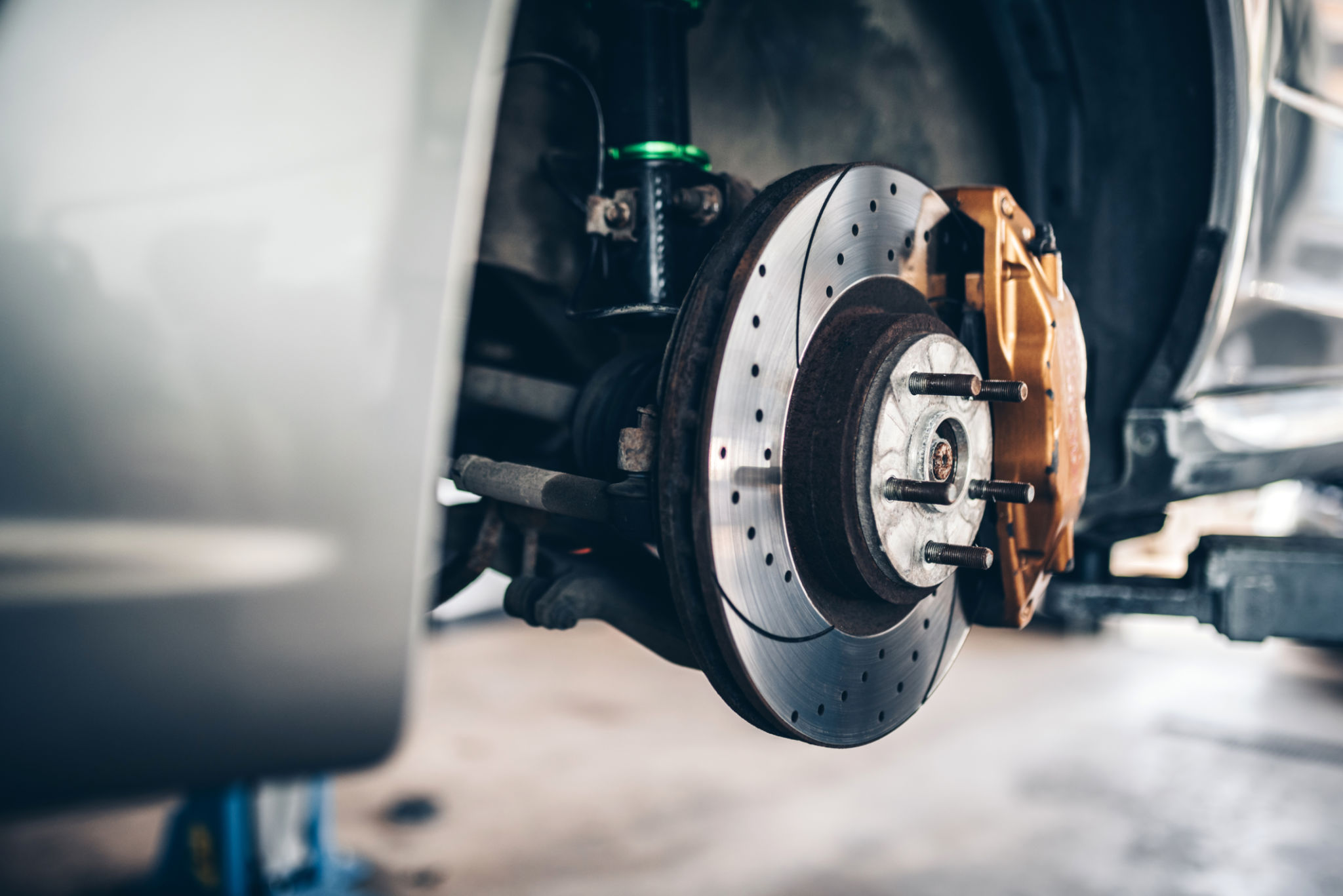DIY Brake Inspection: What You Can Do at Home
Understanding the Importance of Brake Maintenance
Brakes are one of the most critical safety components in your vehicle. Regular inspection and maintenance are essential to ensure they function properly. While professional mechanics are experts in brake systems, there are some basic checks you can perform at home to monitor the condition of your brakes.

Tools You'll Need
Before starting your DIY brake inspection, gather the necessary tools. You'll need a car jack, jack stands, a lug wrench, and a flashlight. Having a torque wrench and a brake caliper tool can also be beneficial for more in-depth inspections.
Inspecting Brake Pads
Brake pads are crucial for stopping your vehicle. Start by removing the wheels to gain access to the brake components. Check the thickness of the brake pads; if they are less than a quarter of an inch thick, it's time to replace them. Thin brake pads can lead to longer stopping distances and increased wear on other brake components.

Checking Brake Rotors
The rotors should be smooth and free of significant grooves or warping. Run your hand gently over the rotor surface. If you feel any deep grooves or notice an uneven surface, it might be necessary to have them resurfaced or replaced. Warped rotors can cause vibrations when braking.
Examining Brake Lines
Inspect the brake lines for any signs of wear or damage, such as cracks or leaks. Damaged brake lines can lead to brake fluid loss, compromising braking performance. Ensure all connections are secure and free from rust or corrosion.

Testing the Brake Fluid
Brake fluid plays a vital role in your braking system. Check the fluid level in the reservoir under the hood of your car. It should be between the minimum and maximum marks. Additionally, inspect the fluid's color; it should be clear or light amber. Dark or murky fluid indicates contamination and may need to be replaced.
Listening for Unusual Noises
After completing the visual inspection, take your car for a short drive and pay attention to any unusual noises when braking. Squealing or grinding sounds can indicate worn pads or other issues that need professional attention.

Knowing When to Seek Professional Help
While DIY inspections are helpful, they don't replace the expertise of a professional mechanic. If you notice any significant issues during your inspection or experience any problems while driving, it's best to consult a mechanic. Regular professional check-ups ensure your vehicle's safety on the road.
Performing a DIY brake inspection is a proactive way to maintain your vehicle's safety and efficiency. With these simple steps, you can identify potential issues before they become critical, helping you stay safe and avoid costly repairs.